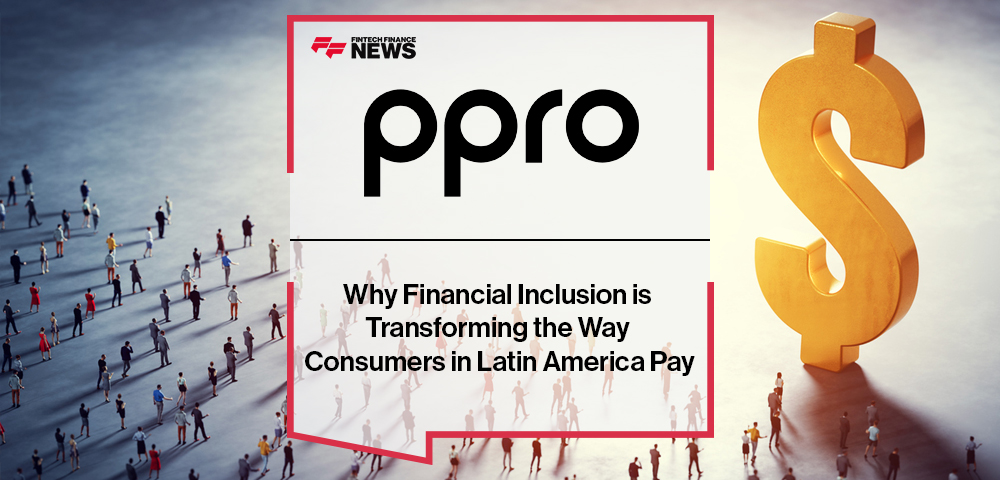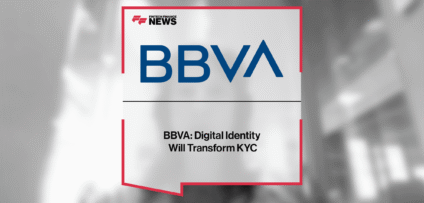Breaking News

Why Financial Inclusion is Transforming the Way Consumers in Latin America Pay
by Therese Hudak, VP Commercial, Americas at PPRO
Latin America has risen as one of the most dynamic e-commerce markets in the world. By 2026, e-commerce transaction volumes are projected to reach $870 billion across the top six Latin American markets, and it’s the fastest-growing region for online retail.
Latin America’s high mobile phone penetration (80%) and large online population (87%) are helping fuel this rapid growth, but as PPRO explores in the latest edition of our Almanac, these aren’t the only factors. A wave of policy and infrastructure reforms across Latin America is quickly reshaping the payments landscape and giving underserved groups access to digital payments.
This drive for greater financial inclusion is impacting consumer behaviour as well as the way in which merchants need to engage with them. As inclusion-driven innovation spreads across the region, merchants wanting to build or maintain a Latin American presence must respond and adapt.
Driving financial inclusion in Latin America
Financial inclusion is a key issue in Latin America: more than a quarter (27%) of adults in Argentina are unbanked, and almost half (48%) of adults in Mexico. This problem is a significant challenge for the region’s governments, which in recent years have taken big steps to increase banked populations and make payments easier. The pandemic played a part in this: COVID-19-related social benefits programmes helped bank more than 40 million people in Brazil, Colombia, and Argentina alone.
One of the most cited examples of government-backed transformation in Latin America is Pix, Brazil’s instant payment system. It now represents 45% of all payments in the country and is on track to surpass credit card volume as Brazil’s primary payment method. Pix benefits both the government and consumers: users gain ease of payment and greater financial access; administrators are able to streamline taxes, social security payments, and other services.
However, Brazil isn’t the only country pursuing greater financial inclusion. Colombia also has a new instant payment system, Bre-B, which has a similar design and functionality to Pix. While Mexico’s payments landscape is driven by OXXO Pay: a way for consumers to pay for online purchases and other services in cash, run by Mexican convenience store OXXO.
Government initiatives are shaping consumer purchasing behaviour in other ways. Argentina’s recent reforms to stabilise the peso and ease restrictions on imports and currency controls are making it easier for merchants to do business with Argentinian shoppers. Other macroeconomic factors include the country’s hyperinflation, which has increasingly pushed consumers to seek credit-based payment solutions and preserve their purchasing power.
Across the region, these shifts in policy, infrastructure, and consumer needs are creating a distinct payments ecosystem that rewards merchants who can adapt to local preferences and dynamics.
Local payments are no longer the alternative
The rise of financial inclusion and new local payment methods means offering them is no longer optional for merchants, but essential. Payment localisation is now non-negotiable: one in five consumers will abandon a purchase if their preferred payment method isn’t offered.
A comprehensive local payments strategy is fundamental. Offering a single local payment method and expecting it to unlock an entire market is both misguided and ineffective. For instance, whilst Pix is currently dominating in Brazil, digital wallets such as Nupay are gaining significant traction, and we’re seeing payment preferences rapidly evolve as the impact of financial inclusion deepens.
Merchants who are able to adapt to regional preferences and adopt the right mix of local methods stand to gain higher approval rates, lower churn, and stronger customer loyalty.
Catering to consumers’ changing needs
Adding local payment methods is critical for merchants wishing to do business in Latin America, but it needs to be done the right way.
Important considerations include full compliance with local laws and scheme rules, the optimisation of payment collection, settlement, and conversion rates, and mechanisms to block fraud. Merchants must make sure they’re working with trusted local experts to effectively and responsibly expand their payments offering.
Increasing financial inclusion across Latin America is opening up a host of new opportunities for consumers and the businesses that serve them. Driven by government efforts and a growing online population, financial services are reaching groups previously shut out of traditional banking systems. Yet the complexity of these new solutions should not be underestimated by merchants eager to take advantage of them. Finding the right payments partner is essential to provide consumers with greater access and convenience while maintaining trust, security, and compliance.
Learn more about the Latin American payments market in the US→LATAM edition of the PPRO Almanac. Available to download here: ppro.com/alman
People In This Post
Companies In This Post
- How USAA Builds Digital Experiences Around Its Members Read more
- Spayce: Organic Growth, Own Tech, New Wallet Read more
- EXCLUSIVE: “Check, Check… and Check!” – Pilar Fragalà, CBI in ‘The Fintech Magazine’ Read more
- BBVA: Digital Identity Will Transform KYC Read more
- Pocket Network Is Pioneering ‘DePIN for Data’ Read more
















